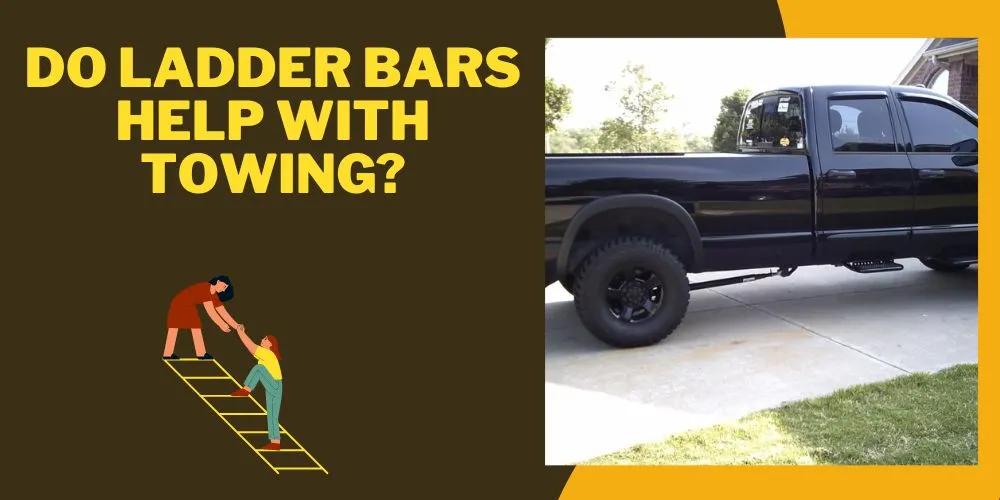Navigating the world of home insulation can be both challenging and filled with questions.
One such question that often arises is: can fiberglass insulation touch electrical wires?
This article offers an in-depth examination of potential hazards, safety precautions, and essential guidelines to ensure a secure insulation installation.
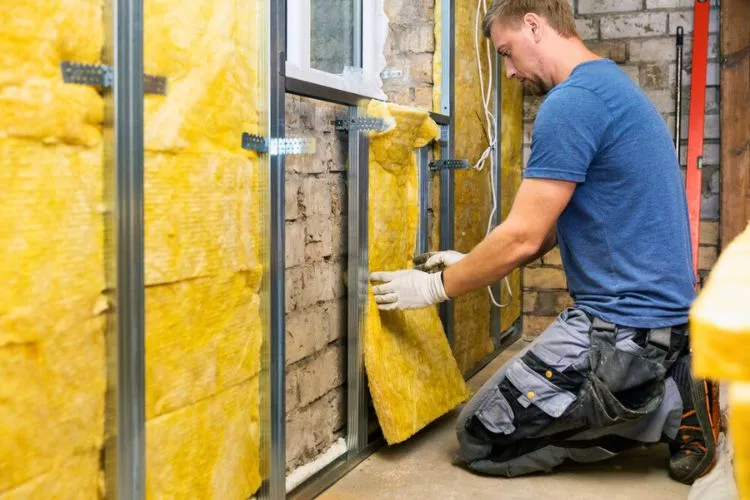
Discover vital information that every homeowner needs to know before embarking on their insulation journey, and how to safeguard your home and loved ones.
Quick Recommendations
Can Fiberglass Insulation Touch Electrical Wires?
Yes, in general, fiberglass insulation can touch electrical wires without posing a significant safety risk. The fiberglass material itself is an excellent insulator and does not conduct electricity.
However, caution should still be taken to avoid contact with older, possibly degraded wiring or overloaded circuits, which could lead to overheating and has the potential to cause a fire.
Furthermore, consider the wire’s insulation condition; if it is cracked or worn, it presents a fire risk when in contact with any insulation.
It’s always recommended to hire a professional electrician or insulation installer when dealing with electrical systems and insulation in your home to ensure maximum safety and adherence to local building codes.
Can fiberglass insulation touch knob and tube wiring?
Fiberglass insulation should not touch knob-and-tube wiring, an older form of electrical wiring found in homes built before the 1950s. It’s characterized by individual copper conductors passing through porcelain insulators.
Placing insulation around knob-and-tube wiring can lead to overheating, creating fire hazards and compromising the wiring safety.
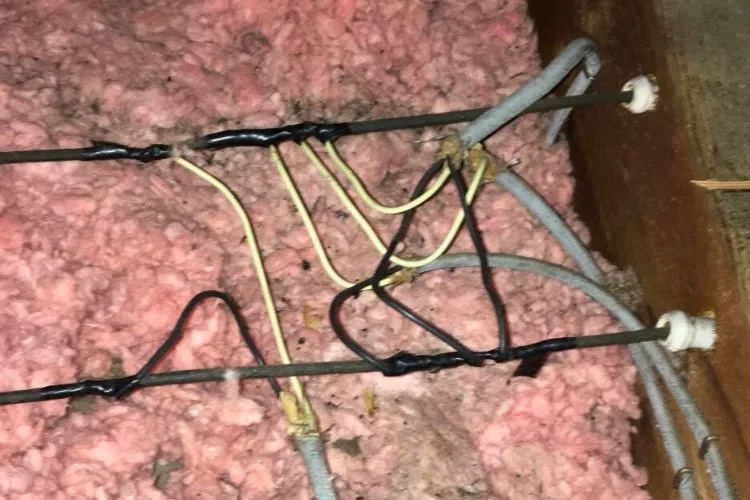
Building codes typically prohibit insulating around knob-and-tube wiring. If you have knob-and-tube wiring, it’s recommended to have a professional electrician inspect and potentially replace the wiring with a more modern solution before adding insulation to your home.
Can fiberglass insulation touch metal siding?
Yes, fiberglass insulation can touch metal siding due to its non-conductive nature. However, proper installation is critical, as metal siding can create a moisture barrier that traps condensation and may lead to mold or rot.
When installing insulation with metal siding, it’s essential to use a vapor barrier or air-tight sealing solution to prevent moisture build-up. Always consult with a professional insulation installer to ensure that your insulation project properly addresses potential moisture issues.
Can fiberglass insulation touch heating pipes?
Fiberglass insulation can touch heating pipes without causing damage or presenting safety risks. However, insulating heating pipes may not always be ideal.
Insulating heating pipes may increase their energy efficiency by retaining more heat within the pipes, reducing heat loss to the surrounding areas.
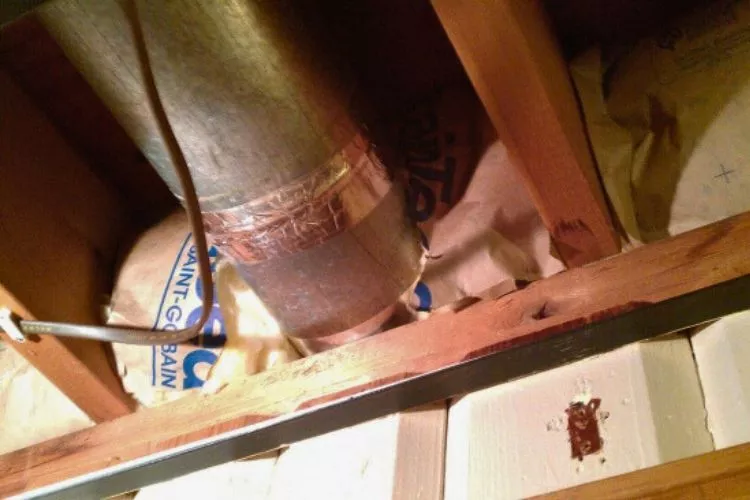
On the other hand, it may also prevent heat from dissipating into the spaces that need heating.
When insulating around heating pipes, it’s crucial to consider your heating system’s specific requirements and consult with a professional insulation installer or HVAC technician before making any insulation adjustments.
Can heat pass through insulation?
Yes, heat can pass through insulation, but the rate and amount of heat transfer will significantly vary based on the type and quality of the insulation system in place. Insulation works primarily by slowing down the transfer of heat, not completely blocking it.
Insulation materials exhibit a property known as ‘R-value,’ which measures the material’s resistance to heat flow.
The higher the R-value, the more effectively the insulation will slow the conduction of heat, thereby better maintaining the desired temperature indoors by creating a thermal barrier between the inside and the outside environment.
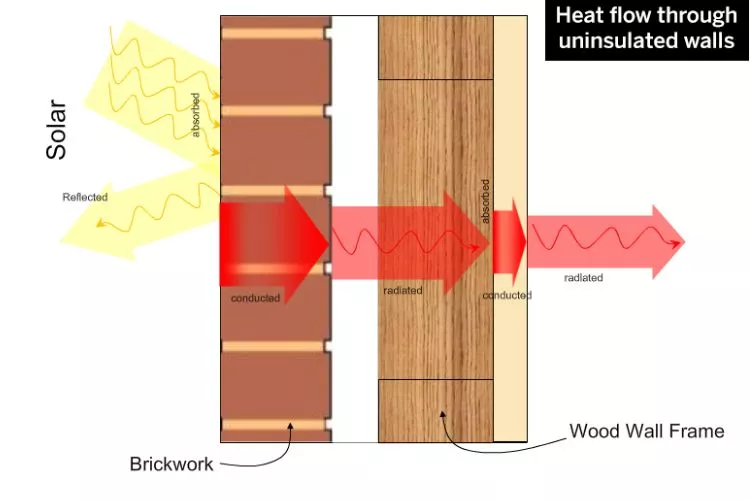
It’s important to note that the effectiveness of insulation is also influenced by other factors, such as installation quality, humidity levels, and air leaks. Combining a high R-value insulation with effective sealing practices to minimize air leaks will create the most energy-efficient and comfortable indoor spaces.
So while heat can technically pass through insulation, the goal of using insulation is to greatly slow down this process, making your home or building more energy-efficient and comfortable.
Conclusion:
While fiberglass insulation can generally touch electrical wires without issue due to its non-conductive nature, caution and safety precautions are still necessary.
When dealing with older wiring systems such as knob-and-tube wiring, it’s crucial to keep insulation away to prevent overheating and potential fire hazards.
Attention should also be given to surrounding components, such as metal siding and heating pipes, when installing insulation.
It’s always recommended to consult with professional electricians and insulation installers to ensure proper practices are followed and safety measures are met, ensuring a comfortable, energy-efficient, and secure home.




